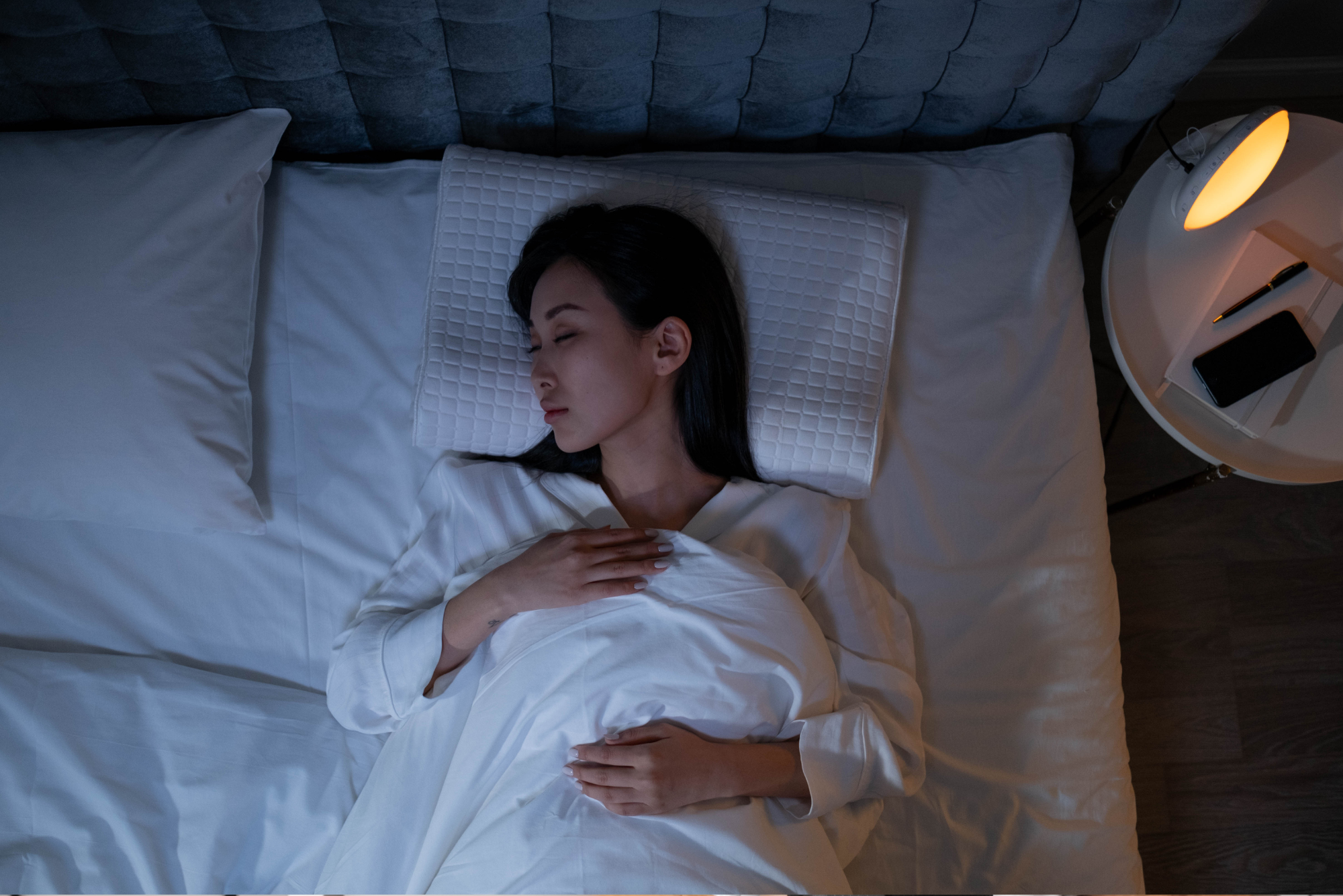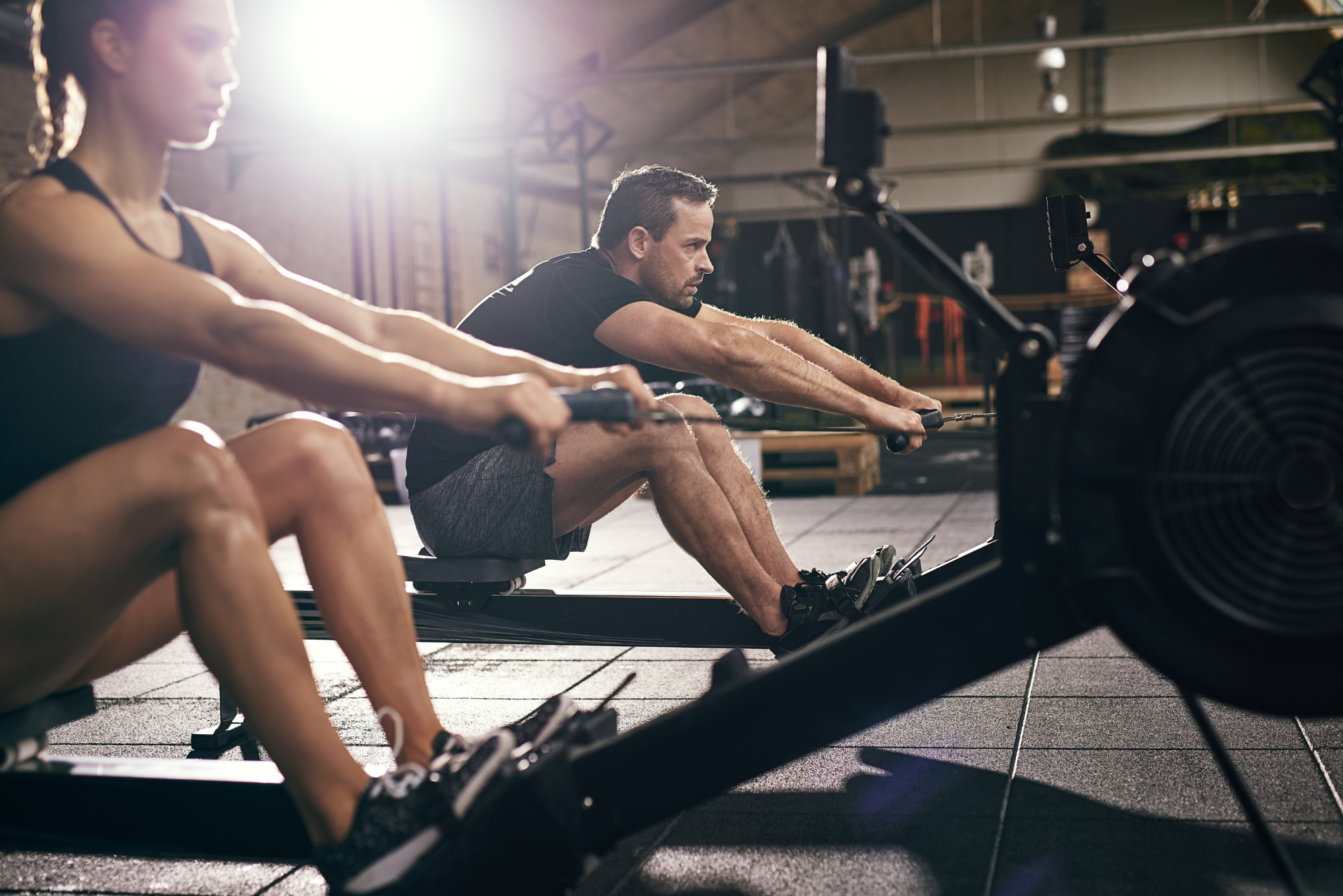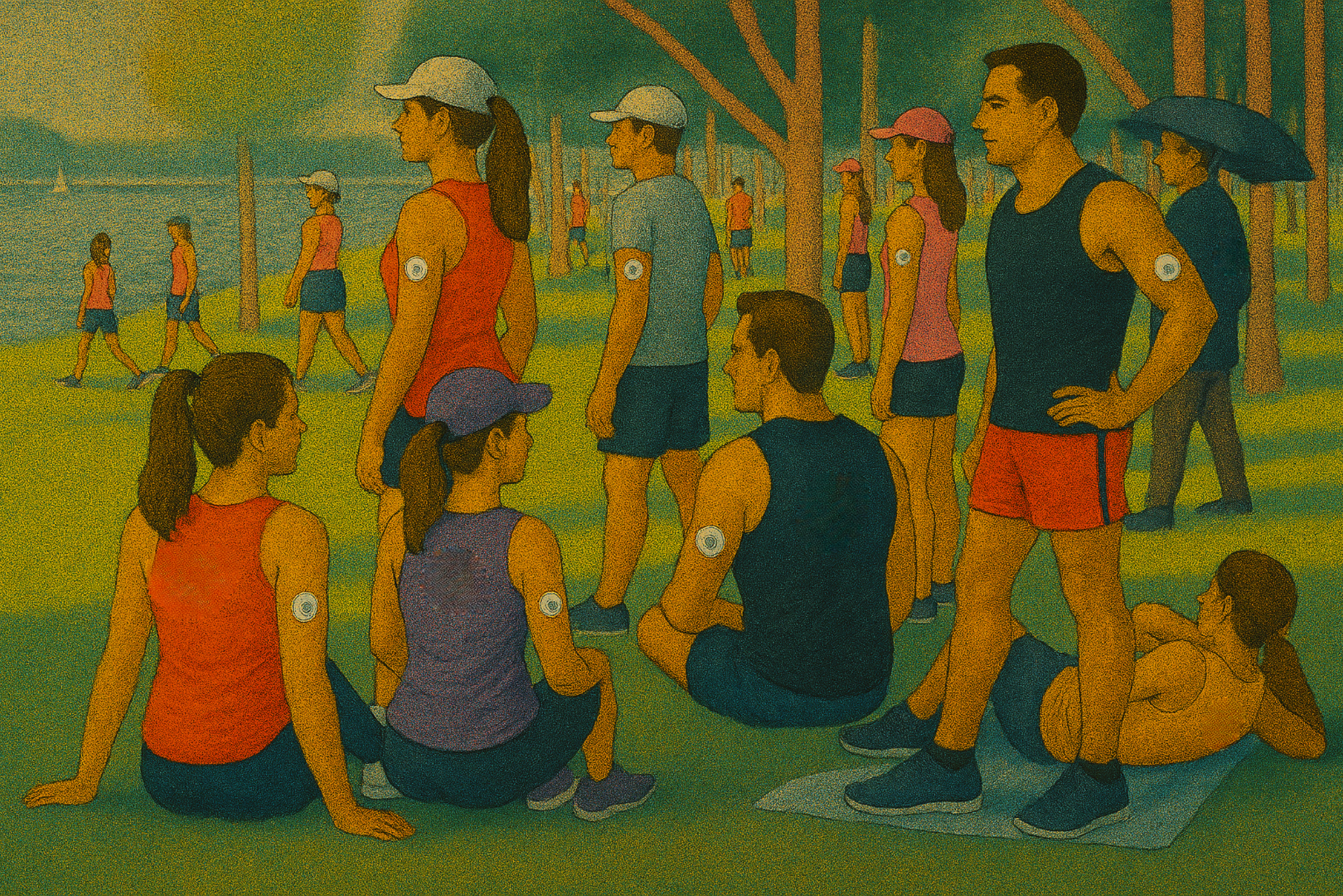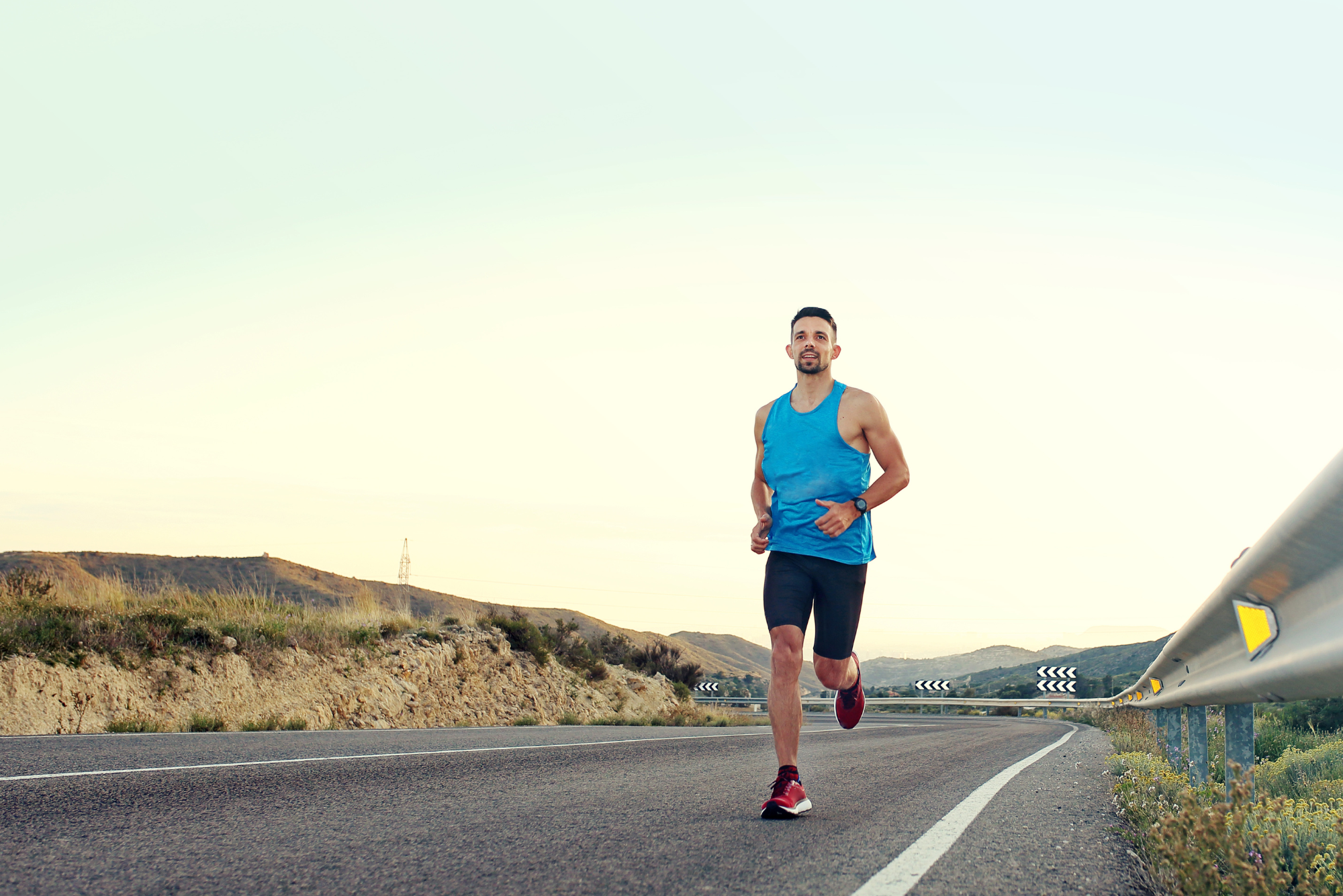Gwyneth Paltrow. Jennifer Aniston. Prince Harry. Will Smith. Shaquille O’Neal. Mark Zuckerberg. Barry Rotman.
What do these people have in common? They’ve all publicly acknowledged wearing an Oura Ring — the new medical sensation.
Oura Health was founded in 2013 in Finland. Its product, the Oura Ring, was made commercially available as a sleep-tracking device in 2016. It began with Kickstarter funding in 2015 and expanded to a market capitalization of $2.55 billion by 2022.
The Oura Ring’s original goal — sleep tracking — has expanded to include many goals, including stress management, early disease detection, menstrual cycle tracking, and more.
In the growing field of consumer wearable health devices, the Oura Ring stands out as the most powerful. However, not all its functions are well-validated.
In this blog post, I’ll explore the hype surrounding the Oura Ring. What is it? How does it work? Which features are valuable, and which aren’t?
What Is an Oura Ring?
An Oura Ring is a five-gram, titanium-encased device designed to be worn on a finger. It communicates data to a smartphone app.
Despite its small size, it continuously measures:
- Motion
- Peripheral skin temperature
- Heart rate
- Heart rate variability
- Blood oxygen saturation
Two decades into the smartphone revolution, we’ve become accustomed to an astounding array of functions built into a small device. However, when I started medical school nearly forty years ago, a device like the Oura Ring was nothing but science fiction.

The Oura Ring includes:
- A 3D actigraphy device to record motion
- A thermometer to measure skin temperature
- A photoplethysmography device to measure pulse rate
- A pulse oximeter that records oxygen in the blood
In addition to direct sensor data, the smartphone app calculates various physiological parameters using user data (gender, age, height, and weight).
Some complex algorithms use large, international population-based measurements and AI analysis. For example, the Oura Ring’s sleep metrics are industry-leading. The ability to differentiate sleep stages (awake, light, deep, and REM) is about 80% accurate compared to overnight sleep studies.
For most applications, the Oura Ring combines four possible data sources:
- Daily measured data
- Individual data baseline
- User-specific data
- Population-based comparison metrics
For example, to detect the early onset of an infection, the Oura Ring notes a change in a person’s skin temperature, heart rate, breathing rate, and heart rate variability from his or her baseline. It compares that change to a predictive population-based model.
One study noted the Oura Ring’s ability to diagnose COVID infection an average of 2.75 days before the study subjects displayed enough symptoms to seek a COVID test.
On the other hand, building a function that incorporates many layers of data means that an inaccuracy at any point compromises the entire process’s accuracy.
For example, Oura Ring has a readiness function that combines your sleep, activity, and stress scores to reflect how prepared your body is for the day. The sleep score has good validation. However, both the literature and my experience suggest that the activity score isn’t accurate and that the magnitude of error increases as the intensity of exercise increases.
The more active you are, the more difficult it becomes for the Oura Ring to measure your heart rate and track the total amount of body motion. A similar challenge affects the stress score, which measures your sympathetic nervous system at rest. Physical activity normally increases sympathetic tone.
I’ve found that the Oura Ring doesn’t differentiate when I am truly at rest compared to a brief break in moving around, compromising the stress score’s accuracy. Therefore, I don’t trust the overall readiness score’s accuracy.
The Oura Ring continues to release new functions, such as menstrual cycle tracking, which appears to be at least as accurate as tracking daily oral temperature.
How Accurate Is an Oura Ring?
The Oura Ring provides exciting ways to learn about your body’s health status in real time. I’ve grouped many of the features into three categories depending on their current quality of clinical validation:
- Accurate and valuable tool
- Possibly accurate, use cautiously
- Unproven, for entertainment purposes only

If using one of the functions motivates you to focus on a health aspect and improve your lifestyle choices, the feature is beneficial regardless of its proven accuracy level.
Does an Oura Ring Have Side Effects?
More knowledge isn’t always better.
Consumer wearables’ rising popularity has led to a new diagnosis: “orthosomnia,” an unhealthy obsession with achieving perfect sleep. Paradoxically, becoming overly focused on your quality of sleep leads to anxiety and frustration, which reduces your ability to sleep well. Knowing your sleep score upon arising can hurt your mood for the day.
Can an Oura Ring Help You Make Healthier Decisions?
I found the Oura Ring extremely helpful in my quest to become more “chill.”
I used it for several Metric-Driven Empowerment Cycles (MDECs), tracking sleep, HRV, and meditation. The measured outcome variable allowed me to make a series of adjustments to my life and observe the results. I followed only a few of the growing list of measurements my Oura Ring provided.
Depending on your interests, there are many compelling uses:
- Activity level
- Step count
- Active energy expenditure
- Total energy expenditure
- Body temperature
- Respiration rate
- Heart rate
- Heart rate variability
- Total sleep time
- Sleep stage time (awake, light, deep, and REM)
- Composite readiness score
- Composite stress score
- Composite resilience score
- Early infection detection
- Early pregnancy detection
- Menstrual cycle tracking
The list of functions continues to grow, as does the number of studies validating them.
Final Thoughts on the Oura Ring
There’s a wide array of consumer wearable health devices available. The Oura Ring is the best and will become the recommended device for Banner Peak Health’s patients.
The Oura Ring includes superb directions and educational materials. However, it becomes even more valuable when incorporated into an overall health plan.
Please let us know if you have an Oura Ring or are considering purchasing one. We want to help you derive the maximum health benefit from it.
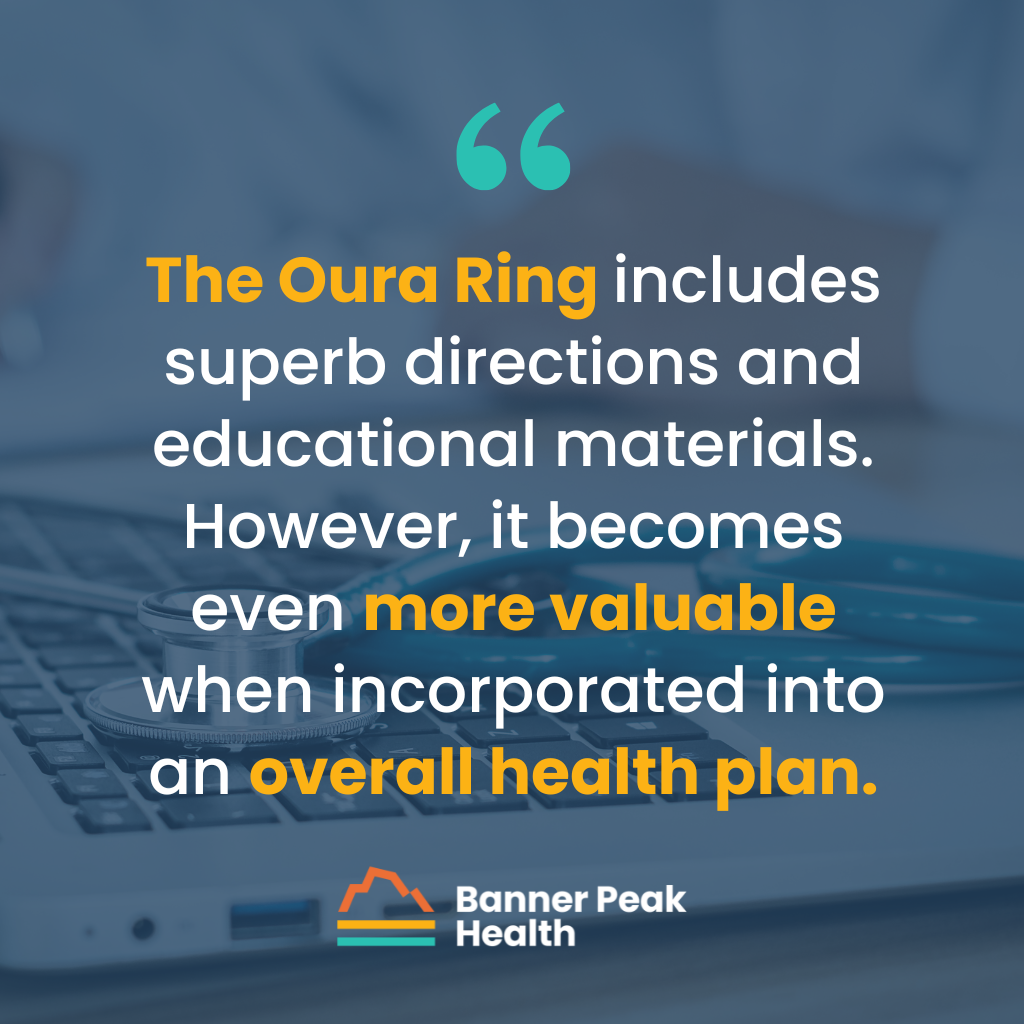

Barry Rotman, MD
For over 30 years in medicine, Dr. Rotman has dedicated himself to excellence. With patients’ health as his top priority, he opened his own concierge medical practice in 2007 to practice medicine in a way that lets him truly serve their best interests.
